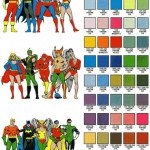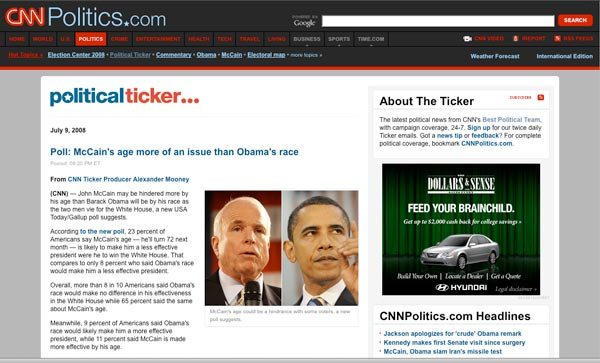Style guides can be an invaluable tool for your business in both physical and digital spaces. For example, if you are working with anyone else to make a website, or design a business card, having a style guide can go a long way in making sure everything is done right the first time.
Without one, you are sure to face constant back and forth communication for this information and multiple redesigns and rewrites when something doesn’t come out the way you want it.
Wikipedia defines a style guide as:
[A] set of standards for the writing and design of documents, either for general use or for a specific publication, organization, or field. A style guide establishes and enforces style to improve communication. To do that, it ensures consistency (within a document and across multiple documents) and enforces best practice in usage and in language composition, visual composition, orthography (including spelling, capitalization, hyphenation, and other punctuation), and typography.
Source: Style guide – Wikipedia, the free encyclopedia
Style guides go back a long time. If you take a peek at http://thestandardsmanual.com/ you will find the very first edition of the style guide for the New York City Transit Authority, published in 1970. Signage for the subways in NYC have such a distinctive look because the city created a style guide to provide a consistent message that would not be confused.
Style guides don’t have to be dozens of pages or be specifically about branding, either. Especially for smaller businesses, a single page with the correct color palette and some high-quality (preferably vector eg. .ai or .eps) files containing your logo can suffice.
The web is a perfect platform to host your style guide, but many companies have been hesitant to embrace the medium. For example, Apple’s latest style guide is a sprawling 197-page PDF. Not exactly terrific bathroom reading.
Uber, the private-contractor based cab company on your phone, is a company that most definitely embraces the web with it’s branding guideline website. Everything you need to know about the brand is freely available, and the appropriate logos are available to download without any hoops to jump through. It’s even built on WordPress, so you know we’re excited about it.
What it really means is that you don’t have to be a huge tech company to put out your own style guide, the foundation is out there for anyone regardless of technical or design backgrounds.
People often ask- how big a site can I do with WordPress?
CNN big enough for you?
CNN Political Ticker: All politics, all the time – Blogs from CNN.com



